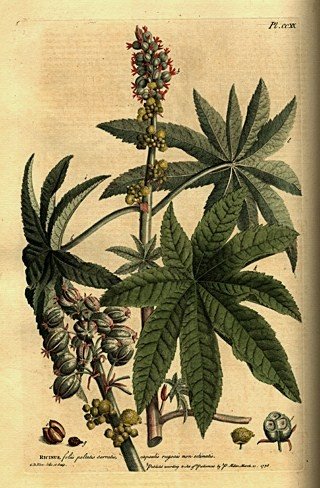1793 Garden in the background of this portrait by William Clarke, (American artist, fl 1785-1806) Portrait of Levin Winder (1757-1819) who became Governor of Maryland, 1812-1816
1793 Formal Garden in the background of this portrait by William Clarke, (American artist, fl 1785-1806) Portrait of Mrs Levin Winder (1757-1819).
Levin Winder (1757-1819) in Baltimore, Maryland. During the Revolutionary War, he was appointed major of the 4th Maryland Regiment, finally attaining the rank of lieutenant colonel at war's end. After the war, he served with the Maryland Militia at the rank of brigadier general. Winder served as the 14th Governor of the state of Maryland in the United States from 1812 to 1816. He also served in the Maryland House of Delegates from 1789 to 1793. Levin Winder was born in Somerset County in 1757, the son of William & Esther (Gillis) Winder, a descendant of John Winder, who had emigrated from England in 1665. As a young man, he prepared to practice law, until the outbreak of the war prevented him from doing so. Instead, he joined the army & in January of 1776, the Convention of Maryland appointed him a 1st lieutenant in the Fifth Company of the Maryland Line. In December of the same year, he was promoted to captain; & in the Spring of 1777, he became a major in the Fourth Regiment. He became a lieutenant colonel in the Second Regiment in 1781, & was discharged from the service on November of 1783. After his return home, he became a farmer on a large scale on his estate near Princess Anne. He never again resumed a law practice, even though he did devote many years of his life to public service. For the next 10 years, Winder focused his attention to the operation of his plantation. On May 13, 1790, he married Mary Staughton Sloss. They had 3 children, all of whom survived their father. He left the Office of Governor in 1816 & returned to his family estate with the gardens pictured here.



+cites+the+life+of+bees+as+a+model+for+human+society+++the+story+of+Aristaeus+and+the+bees.+1502.jpg)
.jpg)















.jpg)











